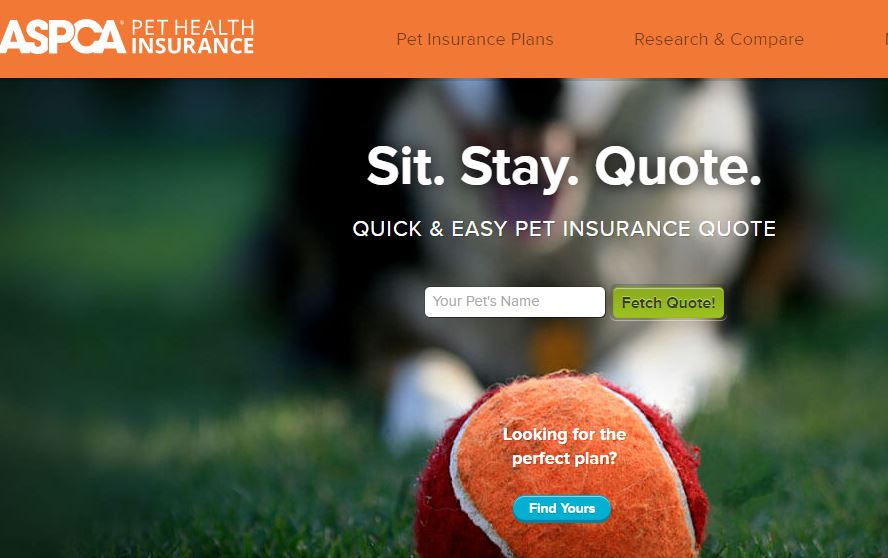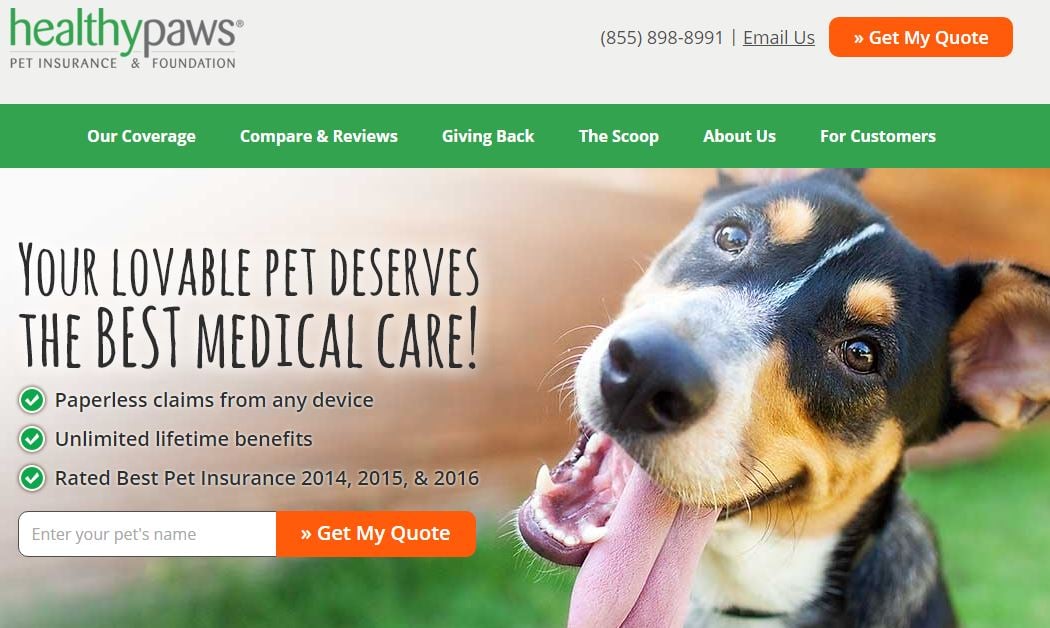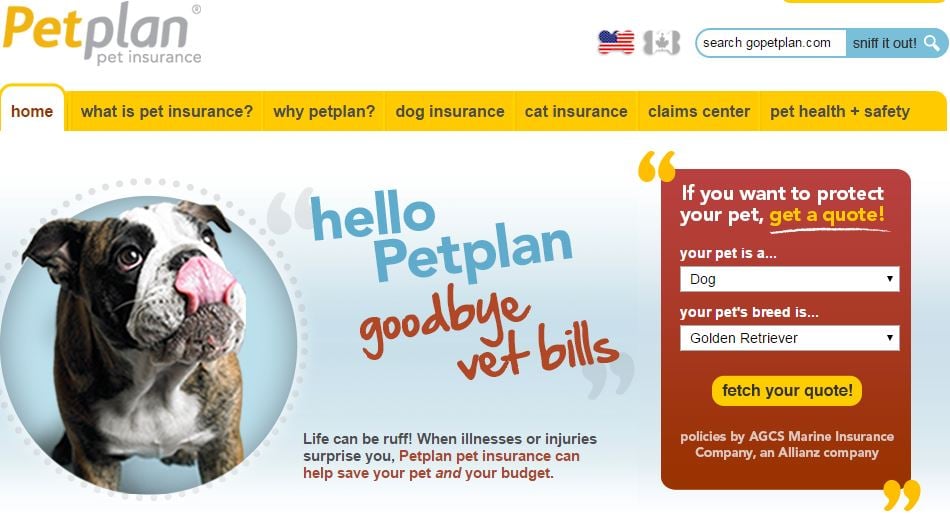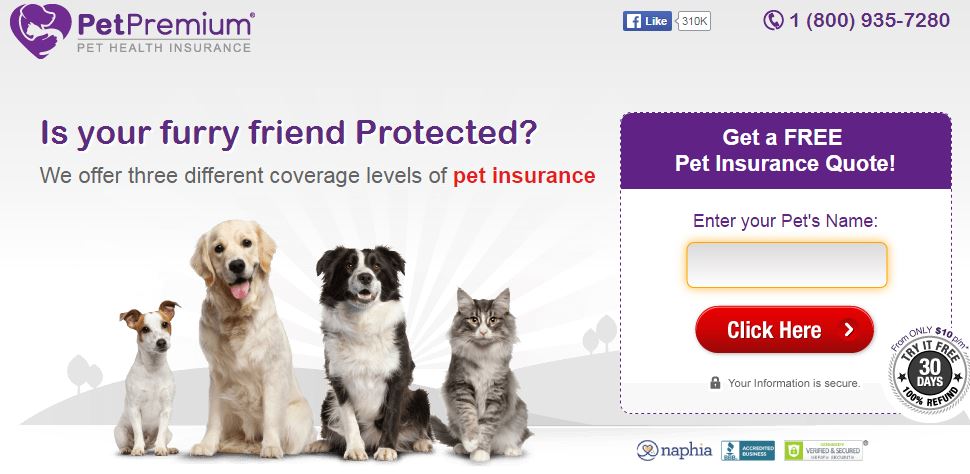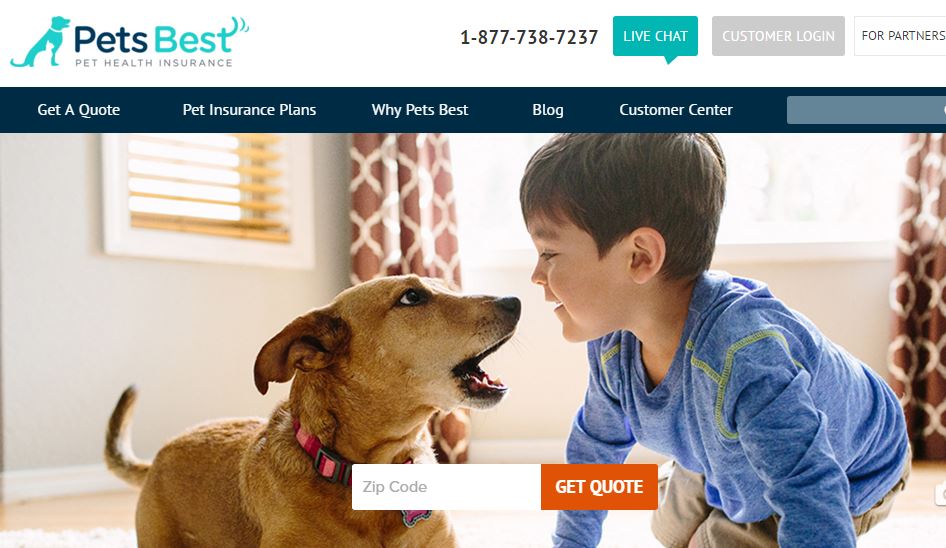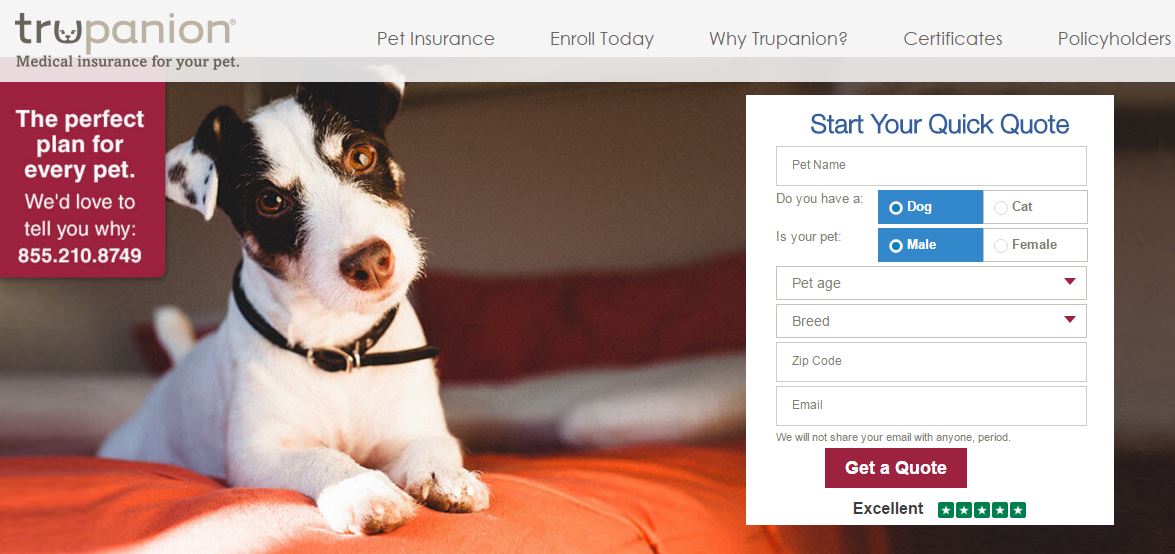Buying pet insurance is both an economical and an emotional decision for pet owners. Clients must consider their financial situation, along with what they're willing to pay for peace of mind.
Like all insurance, pet insurance is a way to manage risk and is designed to cover catastrophic financial loss. What will your clients do to cover an emergency medical situation that could cost thousands of dollars?
When Consumer Reports investigated pet coverage, they found many policies may not be worth the cost over many years for a generally healthy animal. However, if someone is unfortunate enough to have a pet with a costly chronic condition or illness, or a young animal in need of major care, a pet owner could get a positive payout from pet insurance if their pet develops the condition while covered.
Pet health insurance policies are similar to human health insurance policies in that they include annual premiums, deductibles, co-pays and caps. Cost of coverage is based typically on the animal’s age, breed, health profile and the level of coverage chosen.
Consider these tips from NerdWallet to help your insurance clients chose a pet insurance plan:
1. Shop for pet insurance when pets are healthy.
Pet insurance plans generally don’t cover pre-existing conditions, so it’s best to find broad coverage when the pet is healthy.
2. Decide how much pet insurance is right for the situation.
Most pet insurance plans cap the amount they pay out per year, and some include lifetime caps for certain conditions. Advise your clients to think about what amount of coverage is prudent in the event of large veterinarian bills.
According to an analysis of 550,000 pet insurance claims in 2015 by Nationwide Pet Insurance (formerly VPI), of the 10 most common medical conditions for dogs, benign skin masses were the most expensive to treat for dogs, with an average cost of $347 per visit. The average claim fee was $210, with skin allergies the most common cause for taking a dog to see a veterinarian.
The most expensive common feline condition in 2015 was diabetes, with an average treatment cost of about $862 per visit. Nationwide received more than 4,700 medical claims for bladder or urinary tract diseases in cats duirng 2015 — the most common cause for taking a cat to see a veterinarian. The average claim amount was $441 per office visit.

Help your clients understand the pet insurance policy details so they know what's covered before an emergency happens. (Photo: iStock)
3. Make sure clients understand how the policy's deductibles and reimbursements work.
Pet insurance plans reimburse policyholders for a percentage of the medical care cost. Most providers allow clients to choose a reimbursement level, such as 70%, 80% or 90%, when they buy the plan.
But here’s where it can get complicated: The calculations vary among plans. Some plans pay a percentage of the veterinarian bill. Others pay a percentage of what the insurance company deems “usual and customary” charges for that treatment, which might be less than what the veterinarian charges.
Most plans also have a deductible, such as $50, $100 or more. Some plans apply deductibles to each injury or illness that’s treated. Others have policyholders pay the deductible every year.
4. Read the policy's fine print for exclusions and waiting periods.
An accident-only pet insurance plan covers treatment of poisoning or injuries from a mishap. The insurance is cheaper than a broader pet insurance plan that also covers illnesses, but it offers no help if a pet gets sick.
Most plans include short waiting periods after the policy is purchased for general illness coverage, such as 14 days. Treatment during the waiting period is not covered. Some plans include longer waiting periods for coverage of certain conditions, such as cruciate ligament injuries, a common orthopedic problem for dogs.
Meanwhile, some plans don’t cover certain conditions, such as hip dysplasia, a genetic disorder, or require you to pay extra for the coverage.
5. Carefully assess the cost of extras.
Some pet insurance companies offer coverage for routine wellness. Do the math to determine whether it’s worth the extra cost. Compare the annual wellness insurance premium with the amount the client would pay each year on their own for services covered under the wellness plan. Read the details, because the items covered for “wellness” vary by pet insurance company.
6. Be sure to compare pet insurance quotes.
The cost of pet insurance varies by carrier and the extent of coverage. Check into discounts because your clients might be able to save money by insuring more than one pet, for example. But remember, a discount doesn’t guarantee the plan is the best deal.
Make sure your clients understand the plan before they buy, so when the beloved pet is sick, they'll know what the insurance covers and won’t be taken by surprise.
Keep reading for an overview from NerdWallet of 11 U.S. pet health insurance providers:
24PetWatch Pet Insurance
Annual coverage limits from $3,000 to $20,000 with $100 deductible and 80% reimbursement; other limits and deductibles are available.
- 24PetWatch covers congenital and hereditary diseases. All policies cover injuries from accidents and illnesses.
- Alternative treatments are covered.
Financial strength rating: A (Excellent) by A.M. Best (under Praetorian Insurance Co.).
Enrollment age: 8 weeks to 12 years for cats; 8 weeks to 10 years for dogs.
Extras: Additional benefits available, such as payment for lost pet recovery costs and accidental death.
AKC Pet Insurance
Annual coverage limits of $3,000 to $16,000; lifetime limit per injury or illness of $1,500 to $8,000. Deductibles of $100 to $1,000 and reimbursement up to 80% of eligible charges.
- AKC pet insurance plans can cover accidents or both accidents and illnesses.
- Dogs do not have to be purebred or registered with the American Kennel Club (AKC). Cats are eligible for coverage too.
Financial strength rating: Not rated by A.M. Best (under American Pet Insurance Co.).
Enrollment age: Starting at 8 weeks for dogs, 10 weeks for cats; up to any age for accident coverage and before ninth birthday for illness coverage.
Extras: Additional coverage available at added cost to cover exams, wellness and preventive care, or hip dysplasia.
ASPCA Pet Health Insurance
Annual coverage limits from $2,500 to $7,000. Choice of deductibles from $100 to $500 and reimbursement levels of 70%, 80% and 90% of “usual and customary” treatment costs.
- ASPCA plans can cover accidents only or accidents and illnesses.
- Broadest plan covers hereditary and chronic conditions, behavioral issues and alternative therapies.
- All plans cover exam fees.
- The American Society for the Prevention of Cruelty to Animals (ASPCA) does not issue or administer the policies, but gets royalty fees for policies sold.
Financial strength rating: A (Excellent) by A.M. Best (under U.S. Fire Insurance Co.).
Enrollment age: Starting at 8 weeks for cats and dogs; up to any age for injury coverage; up to age 12 for dogs and 14 for cats for illness coverage.
Extras: Wellness coverage can be added to any plan.
Embrace Pet Insurance
Annual coverage limits of $5,000 to $15,000. Choice of deductibles from $200 to $1,000 and reimbursement levels of 65%, 80% or 90%.
- Embrace offers an accident-only plan and a comprehensive plan covering both accidents and illnesses.
- Covers breed-specific conditions, specialist care and alternative therapies.
Financial strength rating: A+ (Superior) by A.M. Best (under American Modern Insurance Group).
Enrollment age: Age 14 and younger for cats and dogs.
Extras: “Wellness Rewards,” which works like a health savings account, can be added to pay for routine care. Free ask-a-vet service gives 24/7 online access to a vet. “Healthy Pet Deductible” drops $50 a year when you don’t make a claim.
Healthy Paws Pet Insurance
No annual or per incident caps on coverage; unlimited lifetime benefits. Choice of deductibles from $100 to $500 and reimbursement levels of 70%, 80% and 90%.
- All plans cover accidents and illnesses, including hereditary, congenital and chronic conditions.
- Covers hip dysplasia for pets enrolled before age 6.
- Covers alternative treatment.
Financial strength rating: A+ (Superior) by A.M. Best (under Chubb, formerly ACE Group).
Enrollment age: From 8 weeks up to age 14 for cats and dogs.
Extras: Mobile app available for submitting claims.
Nationwide Pet Insurance (formerly VPI)
You may know Nationwide pet insurance by its former name: Veterinary Pet Insurance, or VPI. In 2014 VPI changed its name to align with its parent company. VPI was the first to sell pet insurance, starting back in 1982.
- Nationwide offers pet insurance for dogs and cats as well as birds, reptiles and a wide range of other household pets.
Offers two plans covering illness and injuries:
-
"Whole pet with wellness" plan pays 90% of vet bills and covers chronic and hereditary conditions, exams, routine care and more.
-
"Major medical" plan pays up to a benefit limit for common medical costs and offers some limited coverage for hereditary conditions.
Annual deductible choices of $100 or $250.
Financial strength rating: A+ (Superior) by A.M. Best (under National Casualty Co., part of Nationwide Mutual Insurance Co.).
Enrollment age: Up to age 10 for cats and dogs.
Extras: Add-on wellness plan covers vaccinations, flea control and routine wellness exams and tests.
PetFirst Pet Insurance
Annual coverage limits of $5,000, $10,000 and $20,000. Choice of per-incident deductibles from $50 to $500 and reimbursement levels of 70%, 80% and 90%.
- All plans cover accidents and illnesses; hereditary, congenital and chronic conditions; and periodontal disease.
- Alternative treatment is covered.
Financial strength rating: A+ (Superior) by A.M. Best (under American Alternative Insurance Corp.).
Enrollment age: Starting at 8 weeks for dogs and cats. No maximum age limit to enroll cats and dogs for coverage.
Extras: Healthy pet discount upon renewal if you haven’t made claims. Routine wellness coverage can be added.
Petplan Pet Insurance
Annual coverage limits of $10,000, $14,000 and $22,000. Choice of deductibles from $50 to $200 and reimbursement levels of 80%, 90% and 100%.
- All plans cover injuries and illnesses, including hereditary and chronic conditions.
- All plans cover alternative and behavioral therapies.
Financial strength rating: A+ (Superior) by A.M. Best (under AGCS Marine Insurance Co., a member of the Allianz Group).
Enrollment age: 6 weeks and older for cats and dogs. No maximum age limit.
Extras: Broadest plans include extras, such as paying for boarding fees if you’re in the hospital or travel expenses if a pet gets sick and cuts short a vacation.
PetPremium Pet Insurance
Annual coverage limits of $2,500 to $5,000. Choice of deductibles from $100 to $500 and reimbursement levels of 70%, 80% and 90%.
- Offers an accident-only plan covering injuries and two broader plans covering injuries and illnesses.
- Broadest plan covers hereditary and congenital conditions, alternative therapies and behavioral treatment.
- Continuing care endorsement must be purchased to cover ongoing conditions that require treatment into the next plan year.
- Caps are placed on lifetime payout amounts for congenital and hereditary conditions.
Financial strength rating: A (Excellent) by A.M. Best (under U.S. Fire Insurance Co.)
Enrollment age: Starting at 8 weeks for dogs and cats; up to age 12 for dogs and up to age 14 for cats for plans covering illnesses.
Extras: Wellness plans available for routine care.
Pets Best Pet Insurance
Annual coverage limits of $5,000 and $10,000. Choice of deductibles from zero to $1,000 and reimbursement levels of 70%, 80%, 90% and 100%.
- Offers an accident-only plan and broader plans covering illnesses and hereditary and congenital conditions. Seven conditions are subject to a 12-month waiting period, but that can be waived if the pet passes a medical exam.
- Most plans cover exam fees, acupuncture and chiropractic care and physical rehabilitation.
Financial strength rating: A- (Excellent) by A.M. Best (under Independence American Insurance Co., member of the IHC Group)
Enrollment age: 7 weeks and up for cats and dogs; there is no maximum age limit.
Extras: Wellness plan can be added for routine care. Coverage for prosthetic devices and mobility carts.
Trupanion Pet Insurance
Trupanion offers one plan with no payout limits. Choose any deductible between $0 and $1,000.
- Pays 90% of the vet’s bill.
- Covers diagnostic tests, surgeries, hospital stays, medications, veterinary supplements, prosthetic devices and mobility carts.
- Covers hereditary and congenital conditions, including hip dysplasia.
Financial strength rating: Not rated by A.M. Best (American Pet Insurance Co.).
Enrollment age: 8 weeks to age 14 years for dogs and cats.
Extras: Additional coverage available for extras, such as property damage caused by a pet, costs for recovering a lost pet, and cremation or burial costs for a pet killed in an accident. Additional coverage available for illnesses and injuries related to pets used for breeding. Coverage available for working pets, such as law enforcement dogs, search and rescue dogs and others.
Related: Is it worth it? Here are 5 things to consider when buying pet insurance
Want to continue reading?
Become a Free PropertyCasualty360 Digital Reader
Your access to unlimited PropertyCasualty360 content isn’t changing.
Once you are an ALM digital member, you’ll receive:
- Breaking insurance news and analysis, on-site and via our newsletters and custom alerts
- Weekly Insurance Speak podcast featuring exclusive interviews with industry leaders
- Educational webcasts, white papers, and ebooks from industry thought leaders
- Critical converage of the employee benefits and financial advisory markets on our other ALM sites, BenefitsPRO and ThinkAdvisor
Already have an account? Sign In Now
© 2025 ALM Global, LLC, All Rights Reserved. Request academic re-use from www.copyright.com. All other uses, submit a request to [email protected]. For more information visit Asset & Logo Licensing.




